I hereby bring you, “the Big Brush off,” as the saying goes. I’m talking about makeup brushes, that is. Makeup application depends on the right tools, if you want to look flawless and seamlessly blended. I’ve gotten questions left and right about brushes, what kind to use, what I recommend, etc. I thought it best to answer these questions on the blog, so that I can just direct people here! This is a 3 part series that will break down the must haves for your vanity table and beauty tool kit. Ready?
First: What’s the diff?
Natural makeup brushes
Natural hairs have a follicle that cling to powder pigments, allowing them to be evenly distributed. They are made of goat, pony, squirrel and sable (which is the most expensive). Made from animal hair, it can be a bit pricey but worth the investment as they last a lifetime if cared for properly. They are made to pick up powder pigments freely and can spread the product better giving it a more diffused blended look because they are usually fluffy. Best for powders, bronzers, blush and eye shadow.
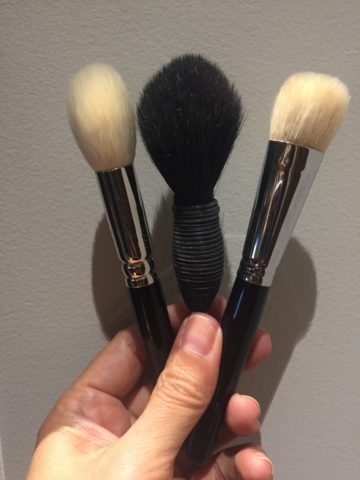
Synthetic makeup brushes
These are most composed of nylon, taklon or synthetic man made materials designed to pick up creams, gel liners, concealers and liquid formulations better. They are usually flat and best used for a smooth, precise and streak free application also like lipsticks. Synthetic hair like brushes are also good for wet application because the bristles stick together and don’t absorb too much product.
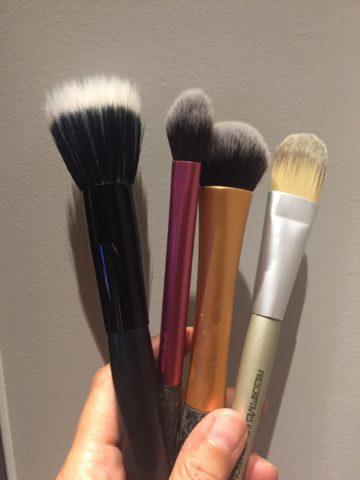
Important! How to wash your brushes
Cleaning your tools at least once a week is good if you apply makeup everyday and once a a month if not as often. This removes buildup of oils, pigments and breakout inducing bacteria that can contribute to breakouts on your face.
1. Wash them regularly.
Swirl the bristles in warm soapy water ( I use a generic baby shampoo). For hard to remove pigments, try a mild dishwashing liquid.
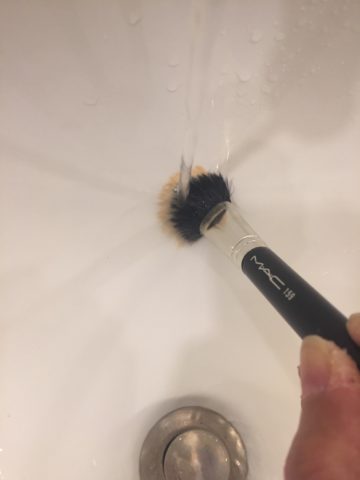
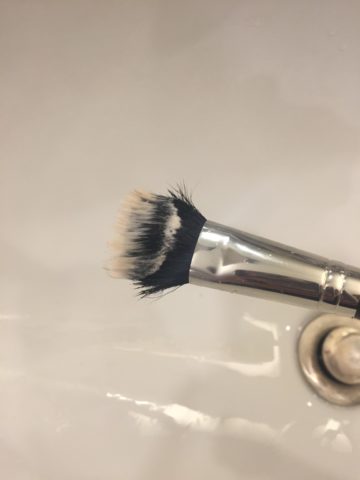
2. Rinse them well.
Run the bristles under a steady stream of warm water until all soap and debris are gone. Blot the brush with a clean towel and shape the bristles with fingers.
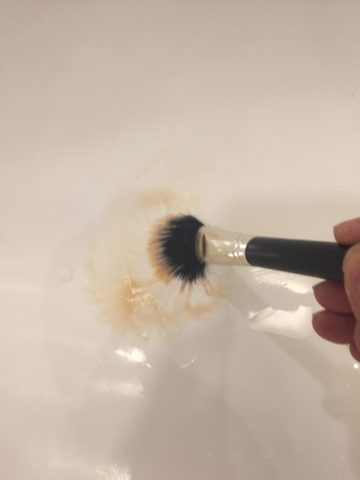

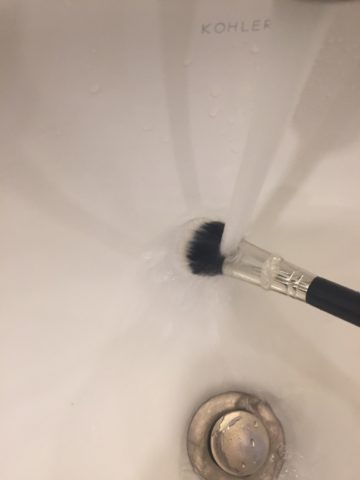
3. Dry them out.
Don’t let your brushes stand upright. Water can weaken the glue around the metal band that secures the bristles to the handle which can loosen the bristles over time. Lay tools on a flat towel or hanging over the edge of your sink.
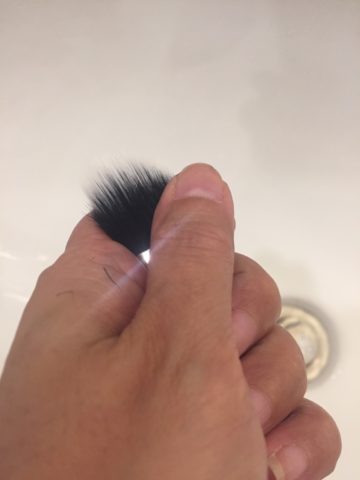

In the next article of this 3 part blog series, I will break down the essential Face brushes you need.
This is new for me, I never thought that there are two types of make-up brushes, and it had specific purposes.
Posts like this makes me understand the special needs of a woman, thus, the things they need.
Hi Sonnie – Yes each brush has a specific purpose but in cases wherein you are in a tight budget, some of htese brushes can also do double duty like a powder brush can be used for blush, an angled brush can be used for the eyebrows and for applying a liner. Thank you for visiting my site and blog post.
oh for the love of brushes!!!! us makeup artists can never have enough brushes. Have you heard of those weird flat brushes that have come out? I haven’t tried them but they look funky. Recently I saw a brand of soap that makes a soap cup thing special for washing makeup brushes. Such a great idea.